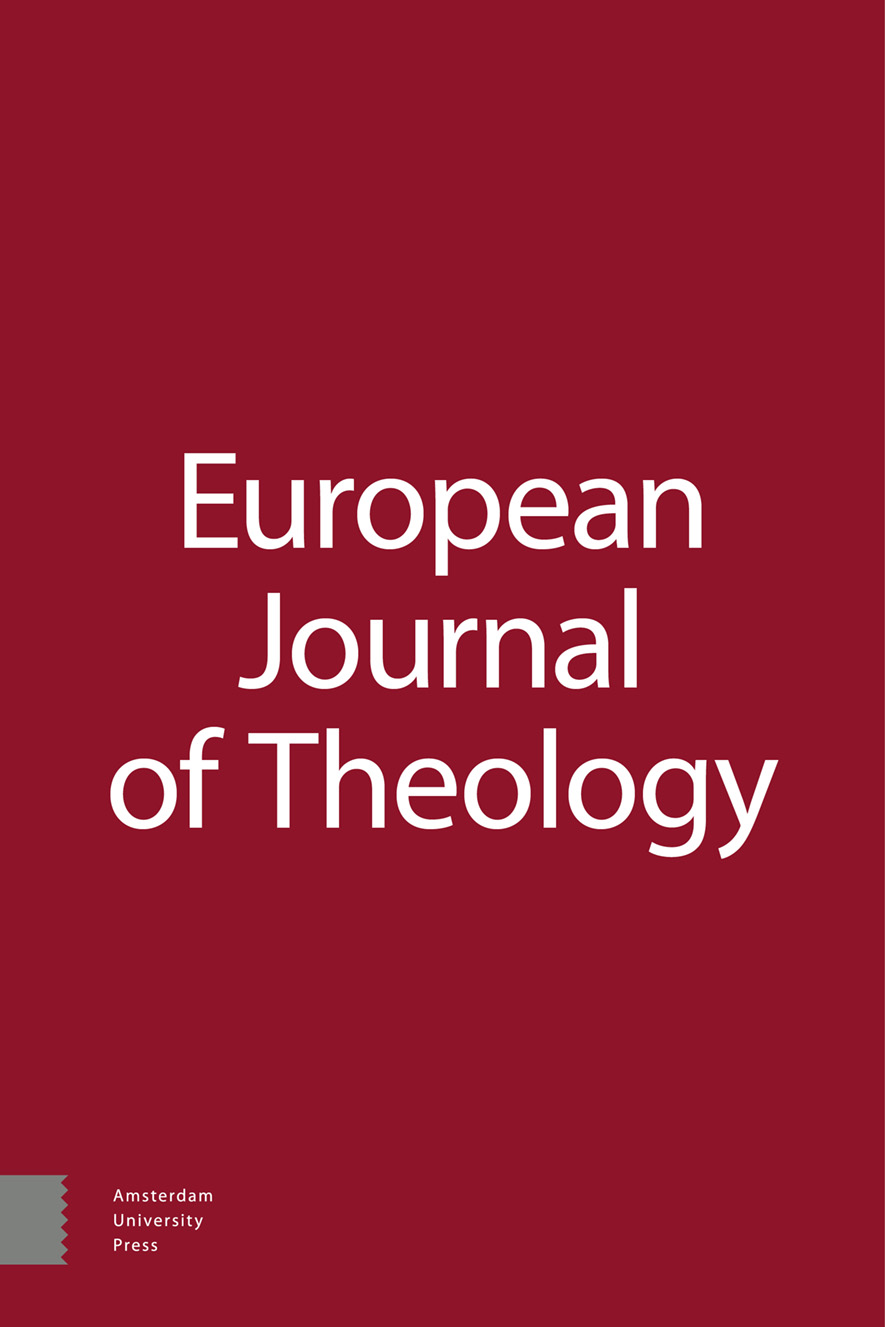-
oa Exil und religiöse Identität in einigen Kantaten von Johann Sebastian Bach
- Amsterdam University Press
- Source: European Journal of Theology, Volume 29, Issue 2, Sep 2020, p. 201 - 220
-
- 01 Sep 2020
Abstract
Der Artikel untersucht neun geistliche Kantaten von Johann Sebastian Bach, die sich auf das Thema Exil und religiöse Identität beziehen. Dabei werden der biblische oder allgemein theologische Hintergrund des Textes einer jeden ausgewählten Kantate sowie die Art und Weise, wie Bach den Text vertont berücksichtigt. Von Bach kann man lernen, dass es erstens einen legitimen Raum geben sollte, Angst und Unsicherheit ausdrücken zu dürfen, wenn es um die Einwanderung ausländischer Mitmenschen geht. Zweitens können Gläubige, die selbst im Exil leben, ihre christliche Identität aus dem Leben Jesu beziehen und dabei Menschen einladen, die noch nicht im Glauben stehen, ihre Identität ebenfalls in Jesus zu finden. Drittens sind sowohl Leiden als auch Gastfreundlichkeit echte Merkmale christlicher Nachfolge. Viertens ist Bachs Interpretation von Exil als einer göttlichen Bestrafung nicht die eigentliche Botschaft. Das Exilmotiv als Strafe wird durch eine christologische Auslegung umgewandelt. Schließlich kann auch das Ende des Exils gefeiert werden. Im Exil wagen die Gläubigen zu hoffen und zu glauben; am Ende des Exils feiern die Gläubigen, ohne jedoch ihr vergangenes Leid zu vergessen. Beides ist Zeugnis einer gesunden religiösen Identität.
, SummaryThis article examines nine sacred cantatas by Johann Sebastian Bach which address the subject of exile and religious identity. The biblical or general theological background of the text of each selected cantata, as well as the way in which Bach set the text to music, is discussed. We can learn from Bach that, first, there should be a legitimate space to express fear and insecurity about the arrival of foreigners. Second, believers who are in exile can associate their Christian identity with the life of Jesus while inviting unbelievers to find their identity in Jesus. Third, both suffering and hospitality are true features of Christian discipleship. Fourth, Bach’s interpretation of exile as a divine punishment is not the final message. The motif of exile as punishment is transformed by a Christological interpretation. Finally, the end of exile can be celebrated. In exile, believers dare to hope and to believe; at the end of the exile, believers celebrate without forgetting their past suffering. Both testify to a sound religious identity.
, RésuméDans cet article, l’auteur explore neuf cantates sacrées de Jean Sébastien Bach traitant de l’exil et de l’identité religieuse. Il étudie l’arrière-plan biblique et théologique du texte de chacune d’elle, ainsi que la manière dont Bach a mis le texte en musique. On peut apprendre de Bach, premièrement, qu’il est légitime d’exprimer de la crainte et de l’insécurité par rapport à l’arrivée d’étrangers. Deuxièmement, les croyants qui se trouvent en exil peuvent associer leur identité chrétienne à la vie de Jésus pour inviter les incroyants à trouver leur identité en Jésus. Troisièmement, la souffrance et la pratique de l’hospitalité font toutes deux partie de la vie du disciple chrétien. Quatrièmement, l’interprétation que donne Bach de l’exil comme d’un châtiment divin n’est pas le dernier mot. Le thème de l’exil comme châtiment est transformé par une interprétation christologique. Enfin, on peut célébrer la fin de l’exil. En exil, les croyants osent cultiver l’espérance et la foi ; après l’exil, les croyants se réjouissent sans oublier leur souffrance passée. Dans les deux situations, ils témoignent ainsi d’une identité religieuse saine.
]

